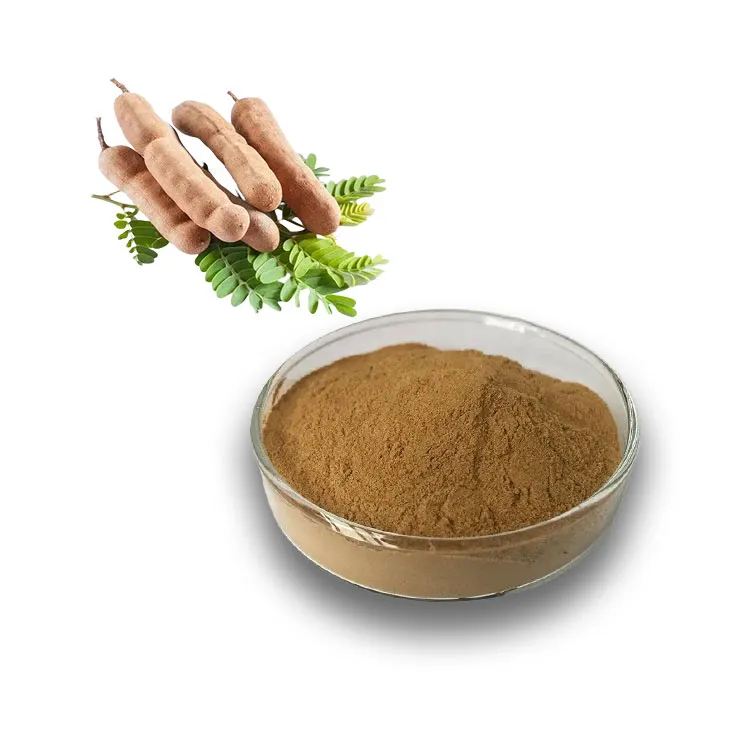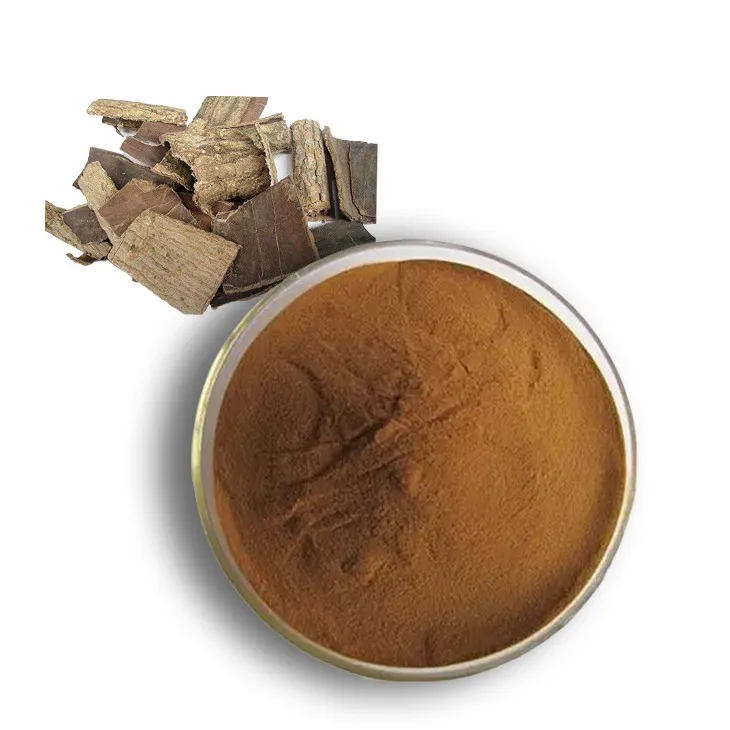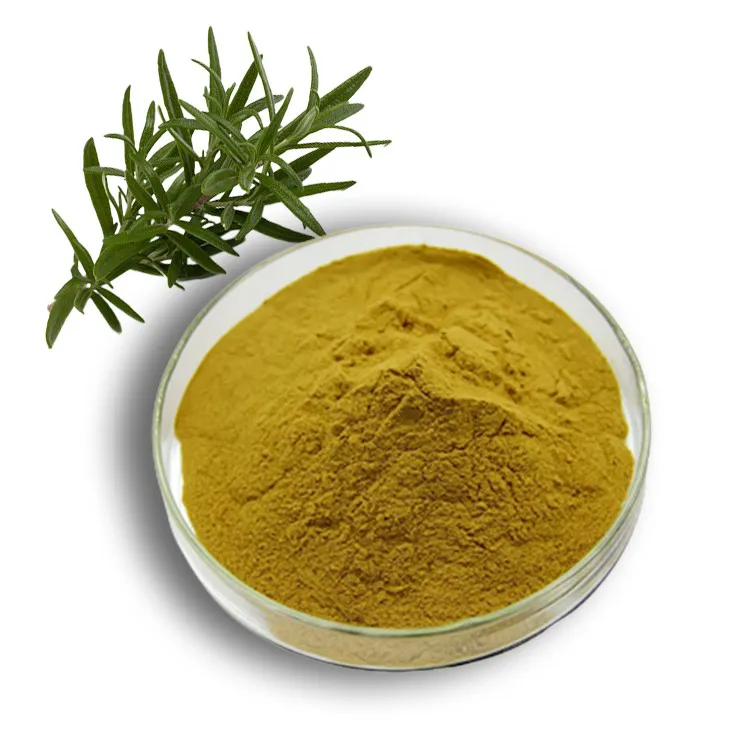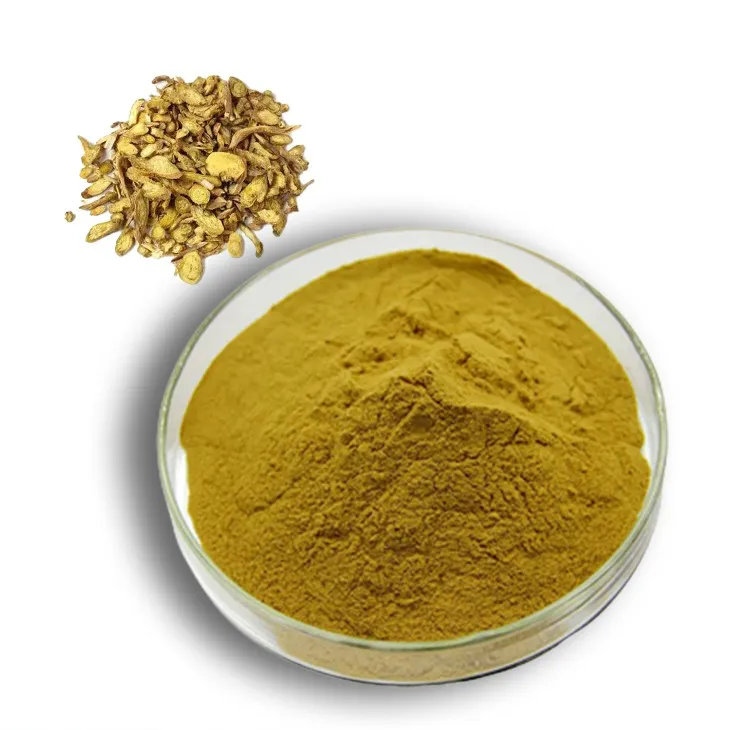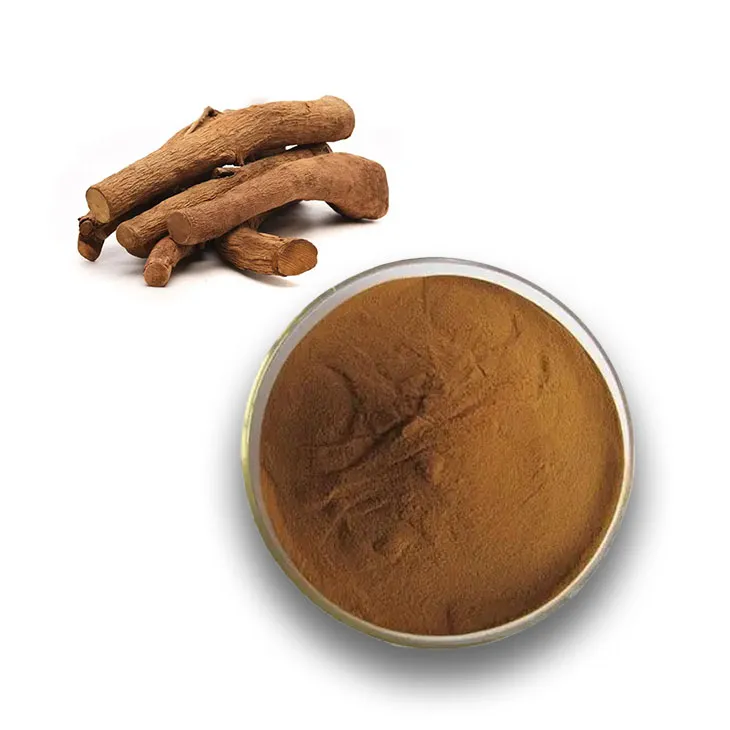- 0086-571-85302990
- sales@greenskybio.com
How do alfalfa powder manufacturers formulate strategies to launch new products to the market?
2024-12-10
1. Understanding Consumer Trends
1.1 Health - Conscious Consumers In recent years, there has been a significant increase in the number of health - conscious consumers. They are constantly seeking products that offer various health benefits. For alfalfa powder manufacturers, this trend presents a great opportunity. Alfalfa is known for its rich nutritional profile, including vitamins, minerals, and antioxidants. Manufacturers need to highlight these health benefits in their marketing strategies. For example, they can emphasize how alfalfa powder can contribute to better digestion, boost the immune system, or provide essential nutrients for a balanced diet.
1.2 Demand for Natural and Organic Products Another important consumer trend is the preference for natural and organic products. Consumers are becoming more aware of the potential harm of pesticides and synthetic additives in their food. Alfalfa powder manufacturers should capitalize on this trend by ensuring that their products are sourced from organic alfalfa farms. They can obtain relevant certifications, such as USDA Organic, to build trust with consumers. Moreover, they should emphasize the natural origin of alfalfa powder in their product packaging and marketing materials.
1.3 Convenience - Oriented Consumers Modern consumers lead busy lives and are always on the lookout for convenient food options. Alfalfa powder can be positioned as a convenient addition to various diets. Manufacturers can develop single - serve packets or easy - to - use containers for their new alfalfa powder products. This allows consumers to easily incorporate the powder into their smoothies, juices, or baked goods without much hassle. Additionally, they can provide simple and quick recipes on their product labels or websites to attract convenience - oriented consumers.
2. Differentiating Products
2.1 Product Quality One of the key ways to differentiate alfalfa powder products is through superior quality. Manufacturers should ensure that their alfalfa is grown in optimal conditions, harvested at the right time, and processed using advanced techniques. High - quality alfalfa powder will have a finer texture, better flavor, and higher nutrient content. They can also conduct regular quality control tests and make the results available to consumers, either on their website or on the product packaging. This transparency will help build credibility and set their product apart from competitors.
2.2 Unique Product Features Creating unique product features can also help in differentiation. For example, some manufacturers may develop alfalfa powder with added probiotics for enhanced gut health. Others may offer a special blend of alfalfa with other superfoods like chia seeds or spirulina. These unique combinations can attract consumers who are looking for something different and more specialized. Additionally, manufacturers can explore different forms of alfalfa powder, such as freeze - dried or encapsulated, to offer distinct product features.
2.3 Brand Identity Building a strong brand identity is crucial for product differentiation. A well - defined brand can convey a sense of trust, quality, and uniqueness to consumers. Manufacturers should develop a brand name, logo, and brand story that resonate with their target market. For instance, a brand that focuses on sustainability can tell the story of how their alfalfa is grown using environmentally friendly practices. They can also use packaging design to reinforce their brand identity. A unique and eye - catching package can make their product stand out on the store shelves.
3. Using Digital Marketing
3.1 Social Media Marketing Social media platforms offer a great opportunity for alfalfa powder manufacturers to reach a wide audience. They can create engaging content on platforms like Instagram, Facebook, and Pinterest. For example, they can post pictures and videos of delicious recipes using alfalfa powder, share health tips related to alfalfa consumption, or conduct giveaways to increase brand awareness. Influencer marketing is also a powerful tool. Collaborating with health and fitness influencers can help promote the new alfalfa powder product to their followers. These influencers can provide testimonials and reviews, which can significantly influence consumer purchasing decisions.
3.2 Content Marketing Content marketing involves creating valuable and relevant content to attract and retain customers. Manufacturers can start a blog on their website, where they can write articles about the health benefits of alfalfa, how to use alfalfa powder in different recipes, and the latest research on alfalfa. This content not only educates consumers but also helps improve the website's search engine optimization (SEO). By ranking higher in search engine results, the manufacturer's website and product are more likely to be discovered by potential customers.
3.3 Email Marketing Email marketing can be an effective way to build relationships with existing and potential customers. Manufacturers can collect email addresses through their website, social media platforms, or at trade shows. They can then send out regular newsletters that include product updates, special offers, and exclusive content. For example, they can offer a discount code for the new alfalfa powder product to their email subscribers. Additionally, personalized email campaigns based on customer preferences and purchase history can increase customer engagement and loyalty.
3.4 Online Advertising Online advertising, such as Google Ads or display ads on relevant websites, can help increase brand visibility. Manufacturers can target specific keywords related to alfalfa powder, such as "organic alfalfa powder" or "best alfalfa powder for health," to ensure that their ads are shown to the right audience. They can also use retargeting ads to reach people who have previously visited their website but did not make a purchase. This helps keep the brand in front of potential customers and encourages them to come back and complete the purchase.
4. Product Pricing and Packaging
4.1 Pricing Strategy When launching a new alfalfa powder product, manufacturers need to carefully consider their pricing strategy. They should conduct market research to understand the price range of similar products in the market. If the new product offers unique features or higher quality, it may be priced slightly higher. However, it is important to ensure that the price is still competitive and affordable for the target market. Offering different product sizes or package options at different price points can also attract a wider range of consumers. For example, a smaller, trial - size package can be priced lower to encourage new customers to try the product.
4.2 Packaging Design Packaging plays a crucial role in attracting consumers and communicating product information. The packaging should be eye - catching, while also clearly displaying important details such as the product name, ingredients, nutritional information, and usage instructions. For alfalfa powder, using sustainable packaging materials can also be a selling point, especially for consumers who are environmentally conscious. Additionally, the packaging should be designed to protect the product from moisture, light, and air to ensure its freshness and quality.
5. Product Distribution
5.1 Selecting Distribution Channels Manufacturers need to select the appropriate distribution channels to get their new alfalfa powder product to the market. They can consider traditional retail channels, such as supermarkets, health food stores, and specialty stores. These channels offer the advantage of reaching a wide range of consumers. However, they also face intense competition. Another option is to explore online distribution channels, such as e - commerce platforms like Amazon or the manufacturer's own website. Online sales can provide greater flexibility in terms of product presentation, pricing, and customer service.
5.2 Building Relationships with Distributors Once the distribution channels are selected, it is important to build strong relationships with distributors. This involves providing them with comprehensive product information, marketing support, and training. Manufacturers can also offer incentives to distributors, such as volume discounts or exclusive product launches. A good relationship with distributors can ensure that the product is given proper shelf space, promoted effectively, and stocked consistently.
6. Product Launch Plan
6.1 Pre - launch Preparation Before the official launch of the new alfalfa powder product, manufacturers need to complete several pre - launch preparations. This includes finalizing the product formulation, packaging design, and pricing. They should also conduct market research to identify potential customers and competitors. Additionally, building anticipation for the product through pre - launch marketing activities, such as teaser campaigns on social media or email announcements, can create a buzz and generate interest.
6.2 Launch Execution On the launch day, all marketing channels should be activated simultaneously. This includes social media posts, online advertising, and email marketing. The product should be made available for purchase through all selected distribution channels. Manufacturers can also consider hosting a launch event, either in - person or virtual, to attract media attention and generate more publicity.
6.3 Post - launch Evaluation
After the product launch, it is essential to conduct a post - launch evaluation. This involves analyzing sales data, customer feedback, and marketing performance. Based on the evaluation results, manufacturers can make adjustments to their marketing strategies, product features, or pricing. Continuous improvement based on post - launch evaluation can help the product gain a stronger foothold in the market.
FAQ:
Question 1: How can alfalfa powder manufacturers understand consumer trends?
Alfalfa powder manufacturers can start by conducting market research. This includes surveys, interviews, and focus groups with potential consumers. Analyzing sales data of existing alfalfa - related products can also provide insights. Social media monitoring is another effective way, as consumers often share their preferences, health concerns, and dietary habits on these platforms. Additionally, keeping an eye on industry reports and trends in the health and food sectors can help manufacturers stay updated on consumer trends.
Question 2: What are some ways to differentiate alfalfa powder products?
One way is through product quality. Manufacturers can ensure high - quality sourcing of alfalfa, use advanced processing techniques to maintain nutritional value. Product features can be a differentiator too, such as offering different flavors or formulations (e.g., organic, gluten - free). Packaging can also make a difference; unique, eco - friendly, and convenient packaging can attract consumers. Another aspect is the target market; for example, targeting athletes with a high - protein alfalfa powder blend or vegetarians with a product rich in specific nutrients.
Question 3: How important is digital marketing for launching new alfalfa powder products?
Digital marketing is extremely important. It allows manufacturers to reach a wide audience at a relatively low cost. Through social media platforms, they can create brand awareness, engage with potential customers, and run targeted advertising campaigns. Email marketing can be used to inform existing customers about the new product. Online influencers in the health and fitness niche can also help promote the new alfalfa powder by providing reviews and endorsements. Moreover, a well - designed website with detailed product information can enhance the product's credibility and visibility.
Question 4: What are the initial steps in formulating a product launch strategy for alfalfa powder?
The first step is to define the product's unique selling proposition (USP). This involves identifying what makes the new alfalfa powder different from competitors. Next, setting clear marketing goals, such as sales targets, market share goals, or brand awareness targets. Then, conducting a competitor analysis to understand their strengths and weaknesses. Identifying the target market in terms of demographics, psychographics, and behavior is also crucial. Based on these, a marketing mix (product, price, place, promotion) can be developed.
Question 5: How can manufacturers ensure the quality of their new alfalfa powder product?
Manufacturers can start by sourcing high - quality alfalfa from reliable suppliers. Implementing strict quality control processes during harvesting, processing, and packaging is essential. This includes regular testing for contaminants, proper storage conditions, and following industry - recognized quality standards. Training employees on quality management and having a quality assurance team to oversee the entire production process can also help ensure the quality of the new alfalfa powder product.
Related literature
- New Product Launch Strategies in the Food Industry"
- "The Role of Marketing in Alfalfa - Based Product Success"
- "Consumer Trends and Their Impact on Functional Food Launches"
- ▶ Hesperidin
- ▶ Citrus Bioflavonoids
- ▶ Plant Extract
- ▶ lycopene
- ▶ Diosmin
- ▶ Grape seed extract
- ▶ Sea buckthorn Juice Powder
- ▶ Fruit Juice Powder
- ▶ Hops Extract
- ▶ Artichoke Extract
- ▶ Mushroom extract
- ▶ Astaxanthin
- ▶ Green Tea Extract
- ▶ Curcumin
- ▶ Horse Chestnut Extract
- ▶ Other Product
- ▶ Boswellia Serrata Extract
- ▶ Resveratrol
- ▶ Marigold Extract
- ▶ Grape Leaf Extract
- ▶ New Product
- ▶ Aminolevulinic acid
- ▶ Cranberry Extract
- ▶ Red Yeast Rice
- ▶ Red Wine Extract
-
Grape Seed Extract
2024-12-10
-
Honeysuckle Pollen
2024-12-10
-
Green coffee bean Extract
2024-12-10
-
Tamarind extract powder
2024-12-10
-
Eucommia Ulmoides Extract
2024-12-10
-
Rosemary extract
2024-12-10
-
Baicalin
2024-12-10
-
Sea buckthorn oil
2024-12-10
-
Tongkat Ali Extract
2024-12-10
-
Bitter Melon Extract
2024-12-10














